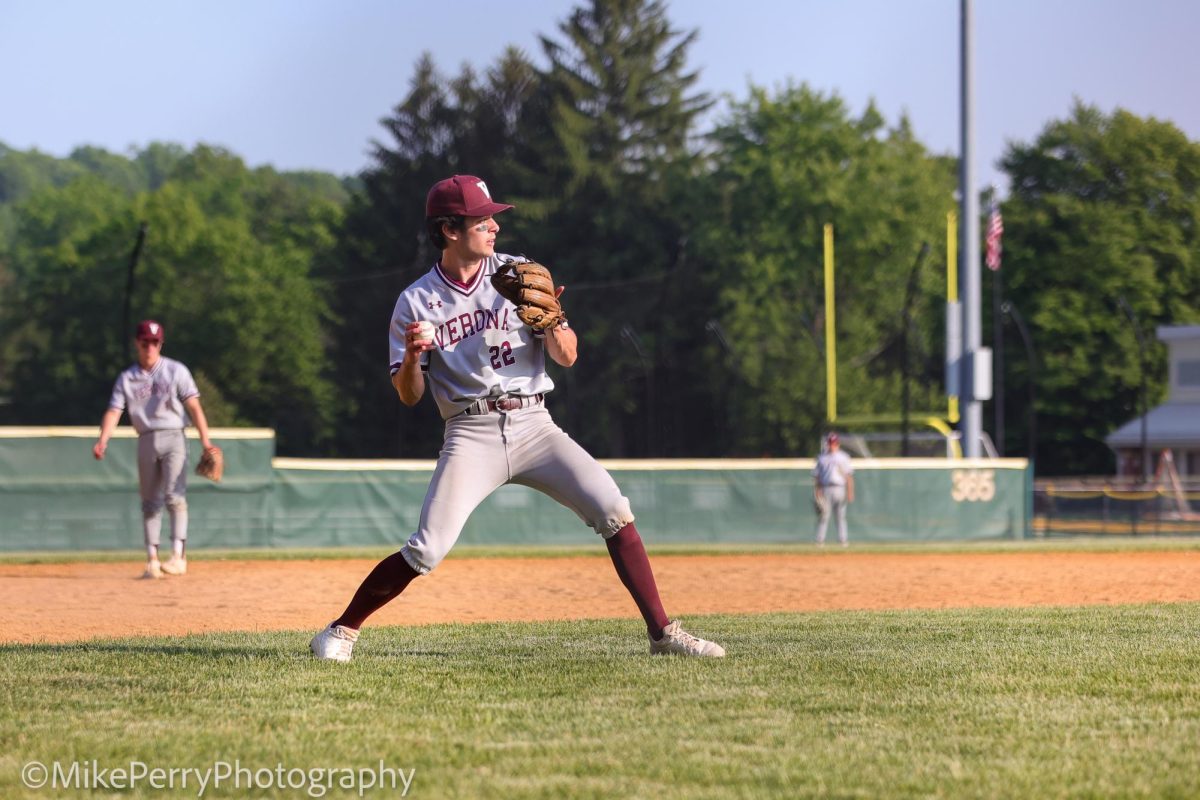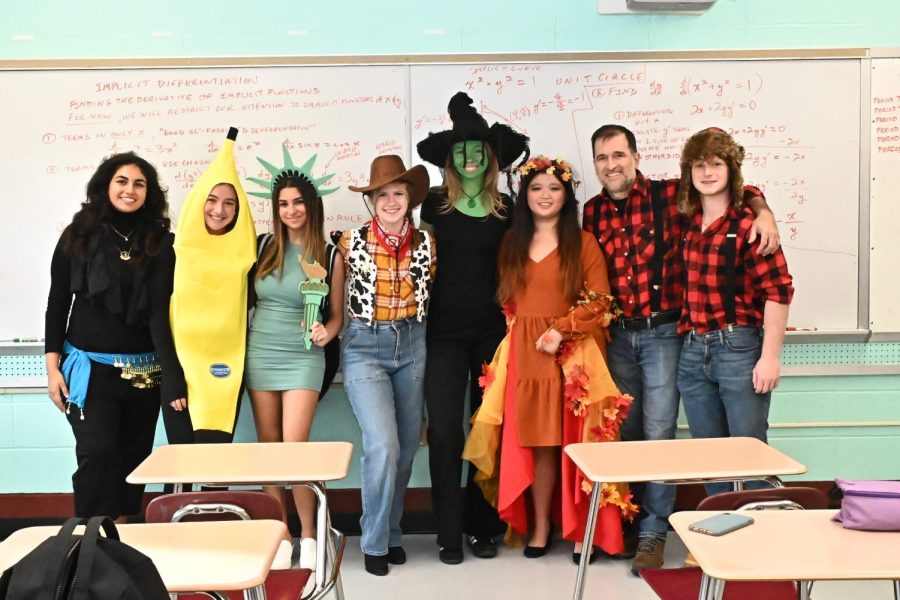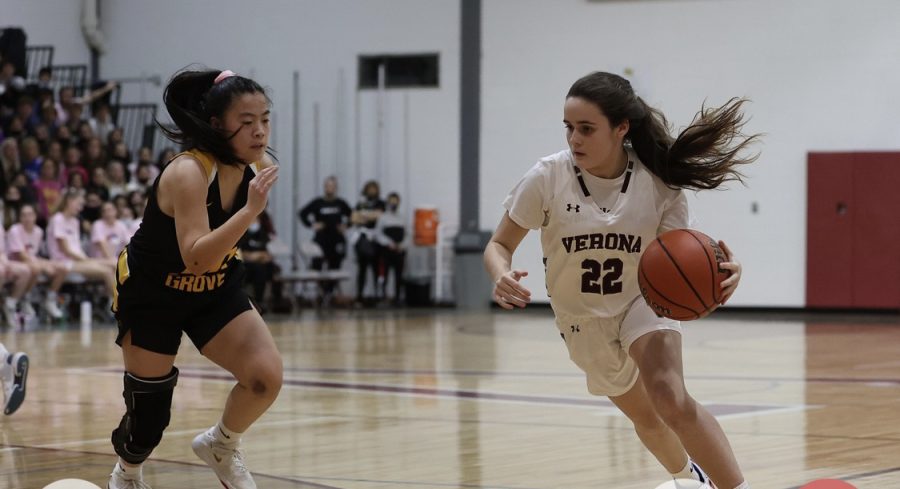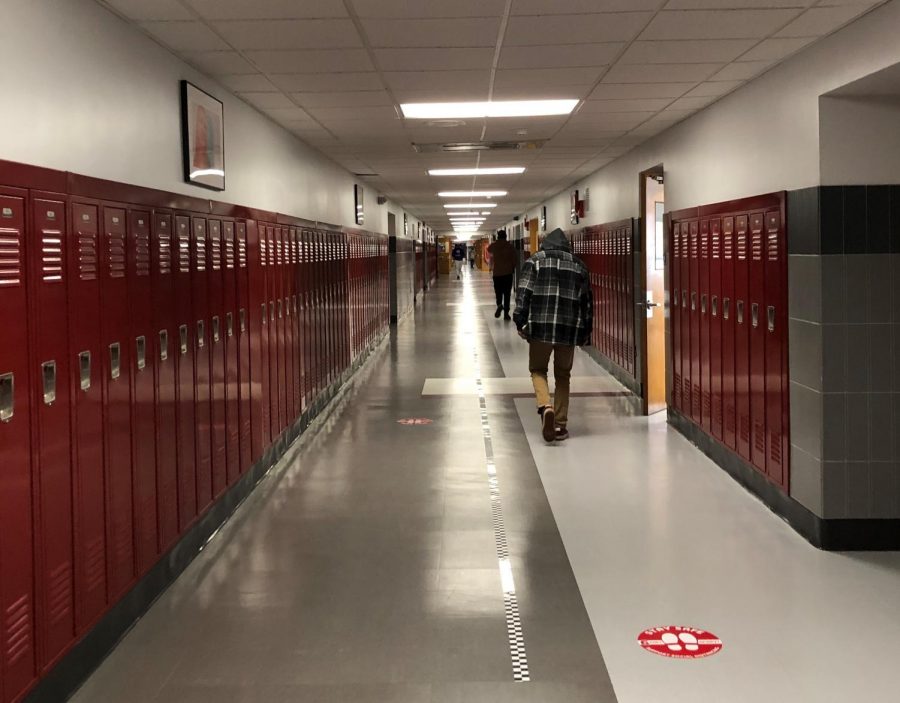Why Is It So Quiet?
School is supposed to be loud. Kids are supposed to interrupt, and yell in the hallways. Teachers are supposed to shush students who are laughing in the back of the classroom. Friends are supposed to eat lunch together. In this new hybrid world, not only is online school quieter, but in-person school is too.
Teachers, students, and people in general have all struggled with the lack of social interaction during this pandemic. Life is simply too quiet, and humans are meant to make noise. In my experience, the virtual classroom environment is something like this: the teacher speaks for several minutes, and asks a simple question. They are then hit with a wall of uncomfortable silence. Are the students not paying attention? Are they texting their friends? Are they even there at all? The answer is more complicated than yes or no. Most of us are there, and we probably know the answer. Yet, no matter how well you might know a subject, or how much you like to talk, no one dares unmute themselves to speak. Why? Because it’s just too quiet. In normal school, there is always noise in the classroom even if we don’t notice it. People are whispering, sharpening pencils, asking questions or even just rustling in their seats. On the grid though, the only sounds come from your own side of the screen. I think one of the most profound things the pandemic has revealed is that the world is much louder than we realized – and we desperately crave the return of this noise.
Of course, the solution to this problem of suffocating silence on our screens would seem to be obvious; returning to school. Now that our district has returned to hybrid, why is this still a problem? It is fairly obvious, based on observation alone, that most students at VHS have not returned to in-person school. This obviously creates a situation where the Google Meet structure remains, and thus the awkward silence persists.
If we imagine a situation where the majority of students were indeed rotating through cohorts the issue, in fact, does not go away. Because as mentioned, this noise, and with it comfort, stems from social interaction. In a hybrid model, the smaller number of students in the building reduces the essential social contact that we associate with school. Crowds in the hallways are now stragglers walking along taped lines up and down the hallways. Cafeteria chatter is completely nonexistent. Physical distance separates us all, and prevents the whispered giggles that used to puncture the school day. We can’t see someone’s face and converse purely through facial expressions. Perhaps the burden of the world situation at large is silencing any desire for conversation.
As more people are vaccinated, infection rates decline. As infection rates decline, fewer people get sick. As fewer people get sick, guidelines become less strict. As guidelines become less strict, mask mandates and social distancing fade to a memory. We will return to school as before but sadly, this day is a long and difficult way away. Maybe the lingering silence will never fully disappear. It will surely take time, cooperation and hope. But we must trust that soon, school will be loud again, and we will continue on in our noisy world that we never knew we needed.
















Lydia G • Sep 11, 2021 at 1:38 am
This makes me really sad to think about especially since I see this and am a part of the silence in my classes. It’s this overwhelming feeling where we can’t speak up and we don’t feel comfortable, at least that’s how I feel. I think that we can all do our part to speak up at least once in a while and people will start to get comfortable. It’s all about our mentality.